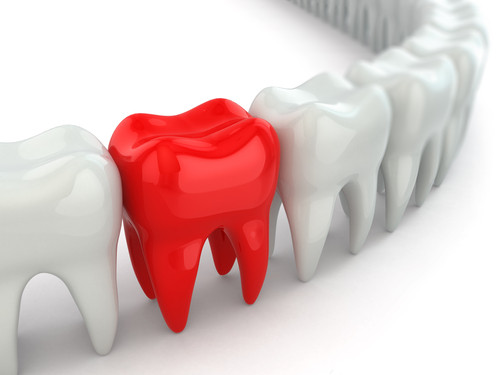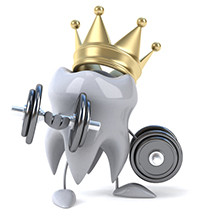
Preventive Resin Restorations
Preventative resin restorations, more commonly called a PRR, is a procedure that has been around since the 1970s. Think of it as something in between a sealant and a filling. They were originally designed to help eliminate or postpone the need for fillings in a damaged tooth.
Where a sealant can only be placed over a healthy tooth, the preventative resin restoration (or PRR) is placed over a tooth that has small cavities or grooves, referred to as “caries”. It has been shown to be successful and have several benefits over a traditional amalgam filling, but it does require you to be able to very effectively protect the area from moisture or saliva contamination. PRR is best used in areas of early damage and decay as well as the deeper pits and fissures of the mouth. Preventative resin restoration does offer more protection than a sealant does, but is designed to focus on areas that are already damaged.
We here at Cadena Family Dentistry often like to make the analogy of a bandage for an athlete. Imagine that athlete falls and gets a scrape or small cut. In that situation, a bandage would be used to protect and prevent further injury. Think of PRR as a bandage.
When comparing traditional fillings with preventative resin restorations, it’s important to understand that benefit comes into play when the cavity. We cannot stress enough that larger cavities and cracks must be treated with more traditional methods. As compared to fillings, preventative resin restoration requires a much smaller area to be “prepared”. This means you are losing less of the natural tooth.

The procedure itself is pretty similar to what you could expect during a traditional filling. It starts with the same questions and examination that any of your other treatments with us begin with. Next, the area is cleaned and measures are taken to prevent the spread of any disease or decay. This can include the removal of debris, dental plaque and other deposits. Next, the tooth or teeth to be treated are isolated with rubber dams or cotton rolls, since it is incredibly important to this procedure to be able to keep the tooth dry.
Once the tooth is clean, dry, and properly isolated; we begin the process of removing the decalcified and damaged areas using a very small dental burr. A dental burr is essentially the type of bit used in the dental drill that allows us to gently sand away small areas of the tooth. Acid etching is then applied to prepare the tooth and the whole area is washed and dried again.
Finally, the bonding agent is applied and the cavity is now ready to be covered with the preventative resin restoration. It sounds like a lot of steps, but the overall procedure is very quick and for most patients it is completely painless. Cadena Family Dentistry may choose to use a local numbing medication if we feel that it is necessary, but it is uncommon with the PRR procedure since PRRs are only done on cavities or caries that are superficial and thusly should not hurt.
